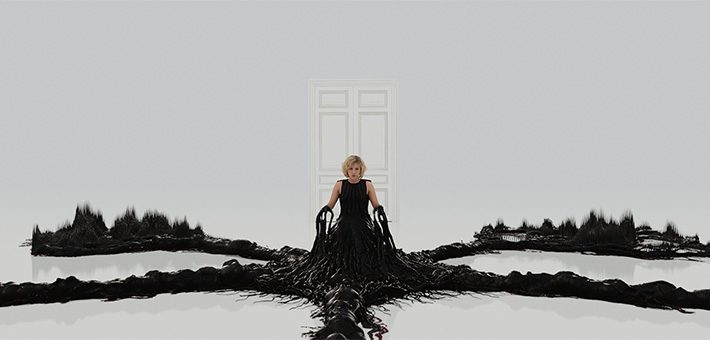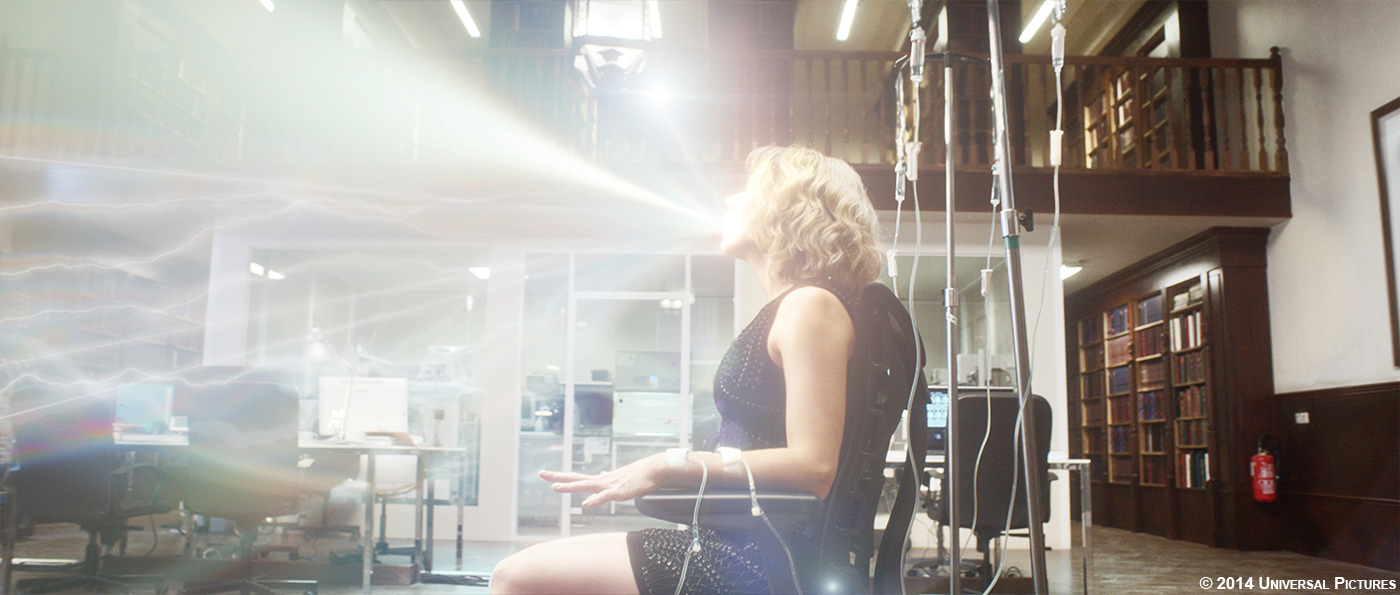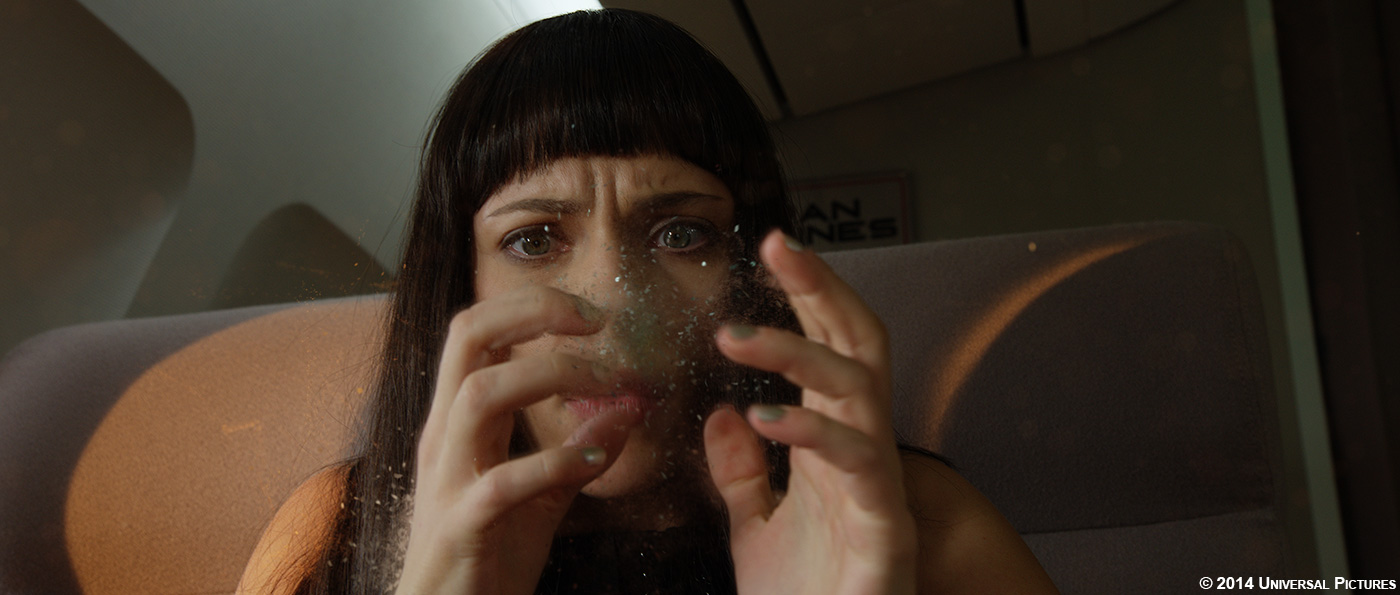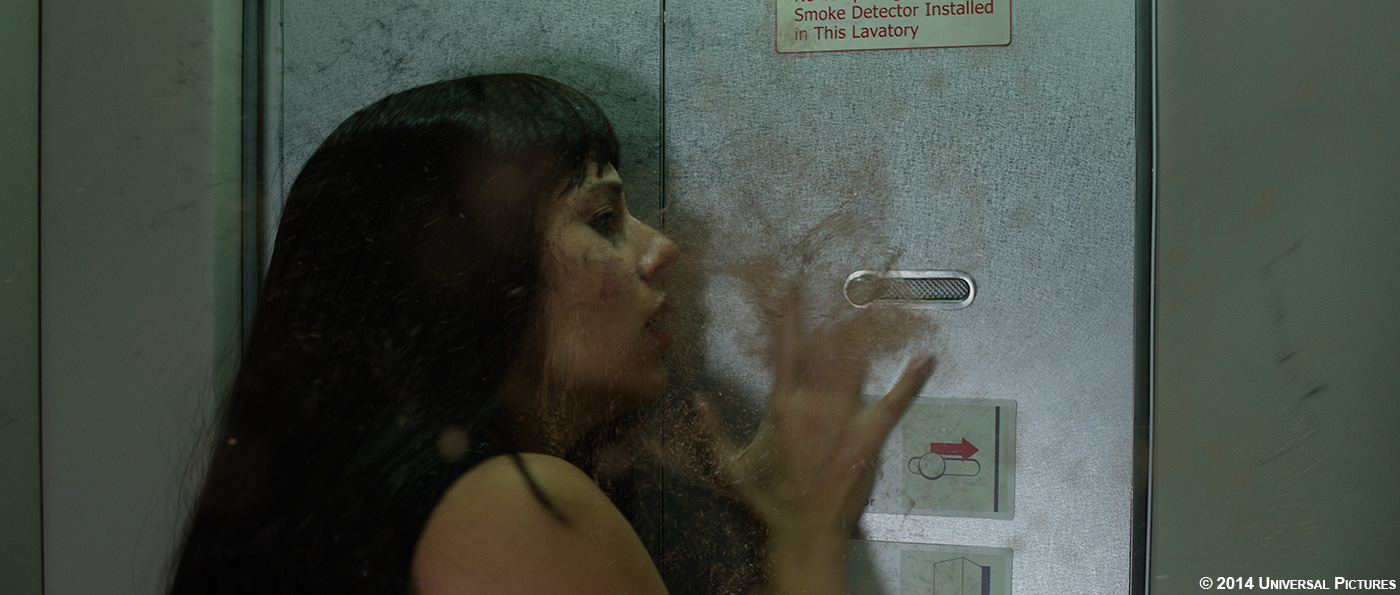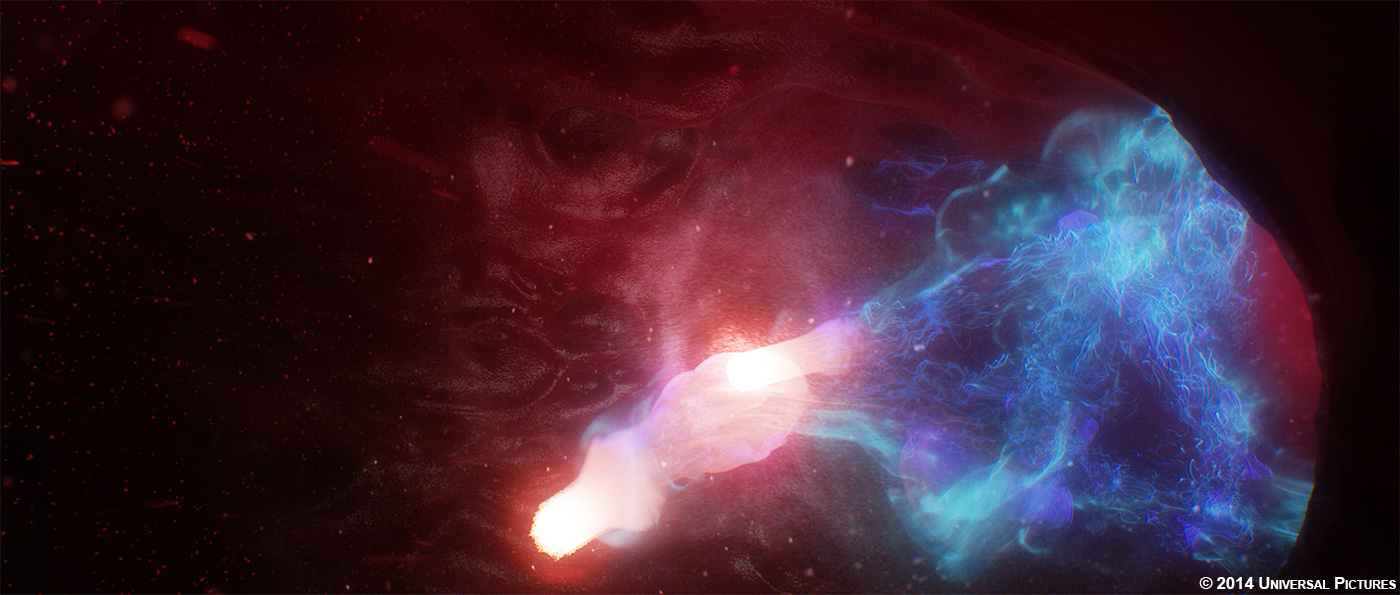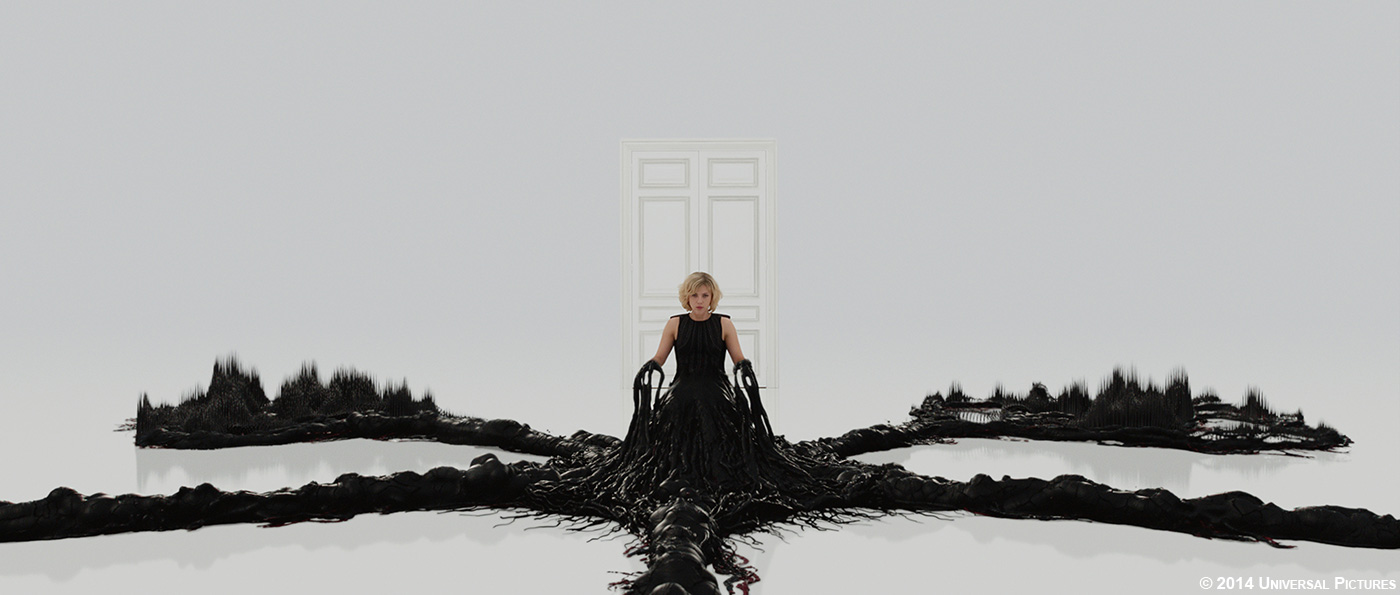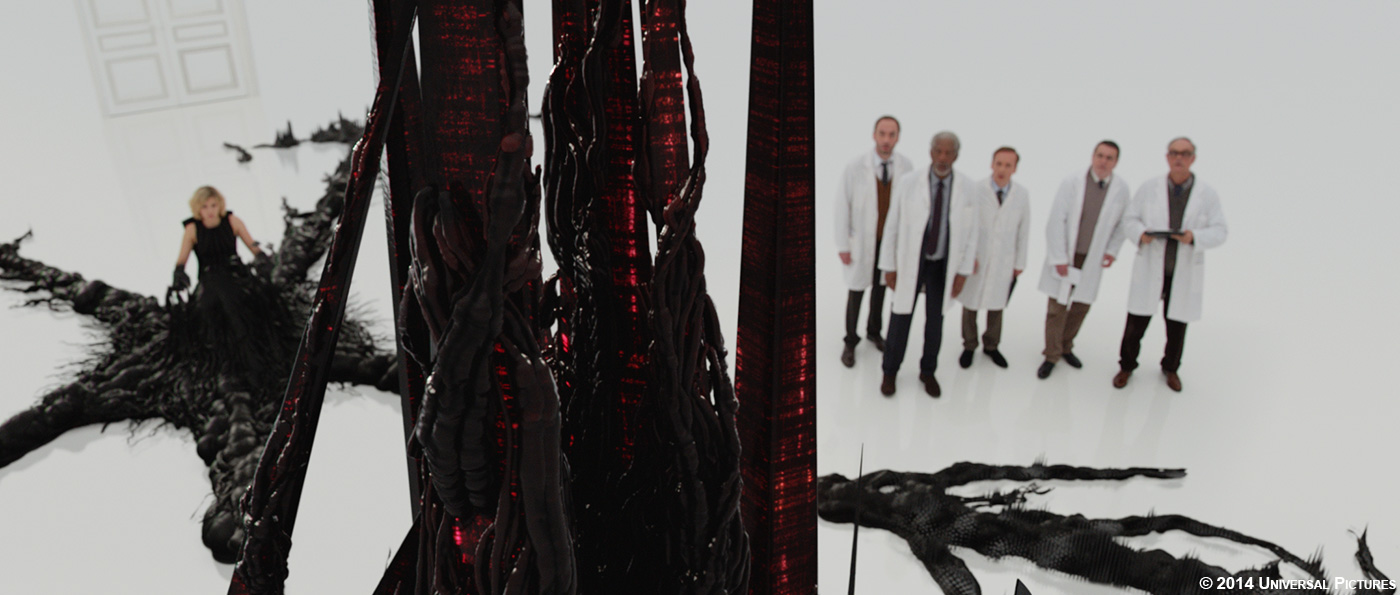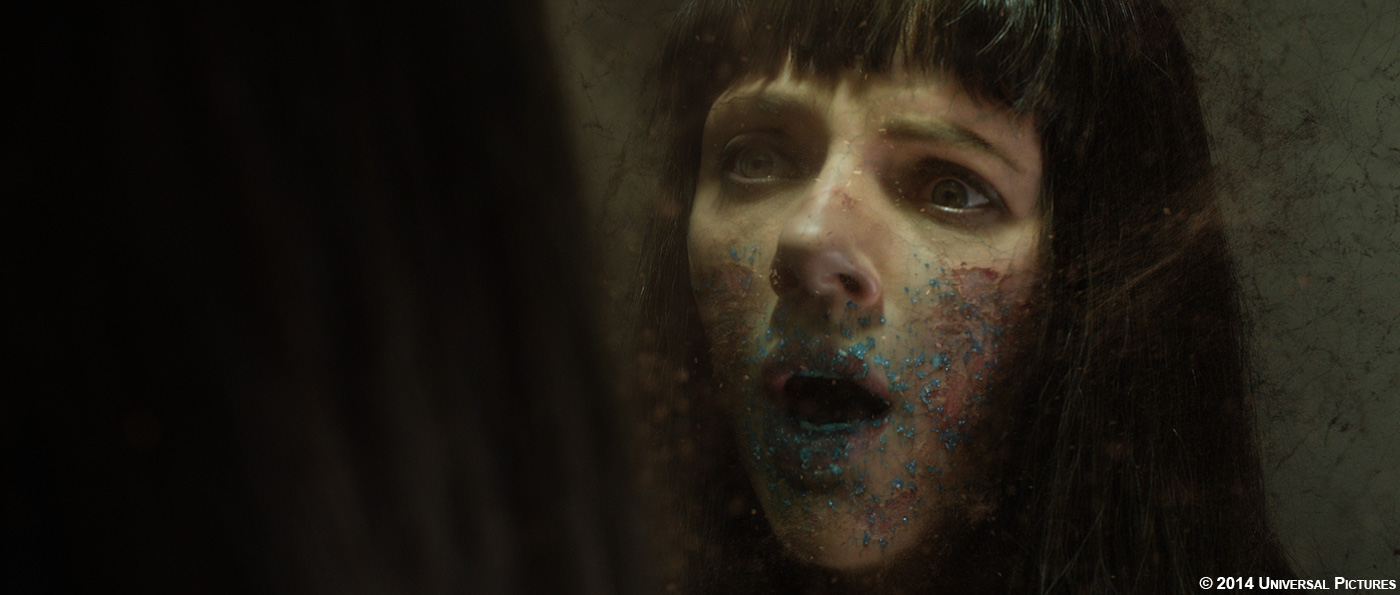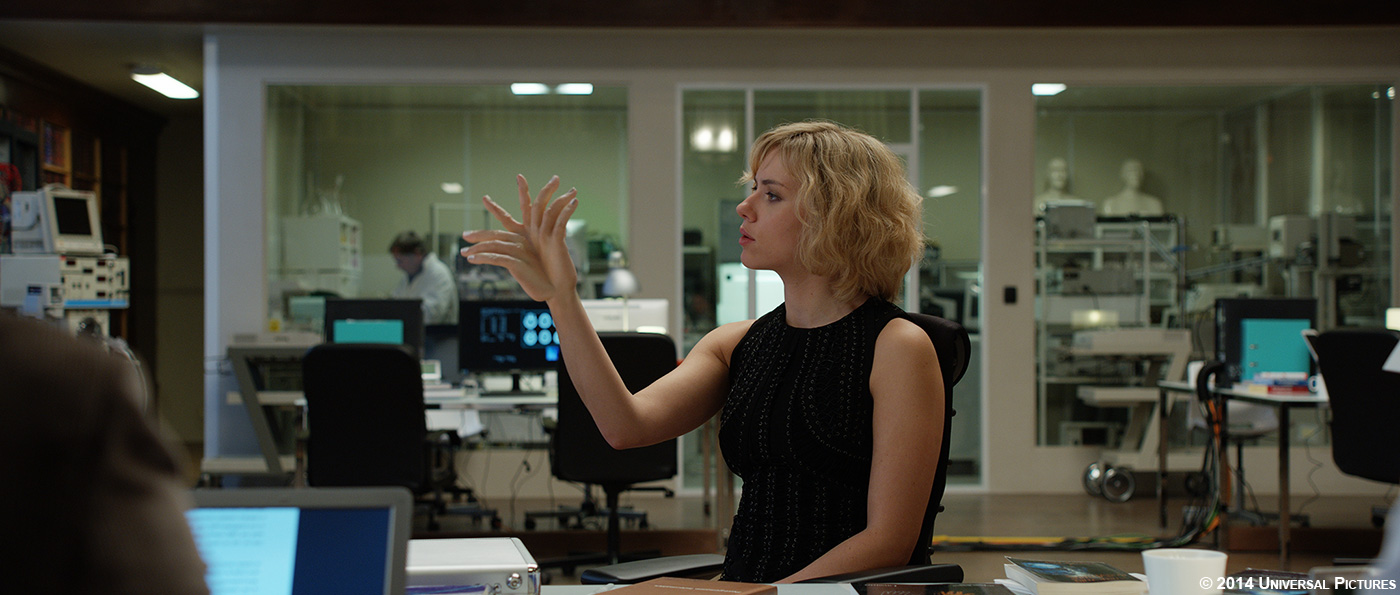Before joining ILM in 2003, Richard Bluff worked at Revolution Software and Blur. At ILM, he worked on many films such as STAR WARS: EPISODE III – REVENGE OF THE SITH, TRANSFORMERS, IRON MAN or THE AVENGERS.
What is your background?
I’ve been a generalist my whole career. My first professional job was in the UK at a Video Games company, Revolution Software in 1997. I modeled, textured, animated and lit hundreds of pre-rendered backgrounds and props in point and click adventure games. Two published game titles later I left Revolution in 2000 and went to work at Blur Studio in Venice, California. After 3 hugely enjoyable and educational years at Blur I packaged up my demo reel (on VHS cassette!) held my breath and sent it off to ILM. I was fortunate that my broad skill set fit well in the Digital Matte Department and I was hired on a short term contract to build a boat and the Statue of Liberty for HIDALGO. Over 11 years and 23 movies later, I’m still incredibly fortunate to call ILM my home.
How did you got involved on this show?
Until the spring of 2013 I had managed the Digimatte/Generalist Department for 7 years. During that time I was heavily involved in researching the latest and greatest in commercial software, from leading industry developers to home hobbiest. My goal was to search the globe for the very best artists. When ILM was asked to bid LUCY, I was invited along with other ILM Supervisors and senior artists to review the LUCY bidding materials. Because of my experience leading the generalist group and the unique approach we’ve taken to different types of work, I was invited to attend and provide some insight on how the work should be done. After a number of meetings it became clear to the Executive team that the approach I advocated seemed to fit the work well and the show needed my leadership.
How was the collaboration with director Luc Besson?
Luc was a dream director to work with. We explored ideas as a team: Luc, Nick, myself and every artist working on the show with everyone having the chance to design and experiment. Luc wanted to come to ILM to engage with each and every artist and mine our ideas. It was a wonderful opportunity for us and it made working on the Lucy very special. Luc brought his ideas and communicated his desire for us to continue to push the look of the effects in the same direction or take it somewhere completely different. Some shots or sequences had clear designs, reference, or descriptions and others simply had script descriptions. Very early on he talked about wanting to try and remain an audience member to our work. He wasn’t too concerned with seeing takes that demonstrated how we were doing something. He wanted to be surprised. The most rewarding feedback we would receive from Luc would be, « This isn’t what I imagined for this shot, but I love it! »
How did you work with Production VFX Supervisor Nicholas Brooks?
Nick was incredibly valuable to our process. We spent a lot of time with Luc prior to ILM’s involvement talking through the work and researching the movie’s aesthetic allowing Nick to start the creative exploration very early. Everything ILM created was influenced in some way by Nick’s early work. I felt it was really important to spend just as much time with Nick reviewing what Luc didn’t like just as much as the shots he did like. As the work progressed in post we were constantly communicating with Nick; talking through ideas, technologies and reviewing the work.
What references and indications did you received for the shots inside Lucy with the drug?
Nick and Luc had provided us with some Lennart Nilsson photography for reference early in production that showed us how the internal soft tissue should look. The animation of the drugs in Lucy’s system and the shot pacing was something that we had a lot of creative freedom with.
During the early weeks on the show I spent a great deal of time gathering reference from numerous different sources: ILM artists personal work, CG artists from all around the word, chemical reaction posts on Reddit, and projections above DJ booths at raves. Through this process I met with Matthias Mueller in Germany who is a creative particle FX artist. Matthias’ personal work struck a chord with me. It had a very interesting look and feel for the exploding CHP4 drug in Lucy’s system. I then edited together short reels of reference for each sequence to review with Luc. Luc responded to the energy in Matthias’ work the same way I had, so we hired Matthias and used him as a conceptualizing particle FX artist.
Can you explain in details about the design and the creation of these shots?
Matthias created CHP4 FX concepts as short animation busts in thinking particles and Krakatoa. Once we found a combination of looks that we were happy with Matthias handed over the files to our ILM artists. Our artists took a setup that was built as a quick particle concept and re-engineered the process into a production friendly version. At the same time, the artist would build animation drivers that could follow the layout and continue to refine the look with the shot compositors. Our artists would animate targets that would bounce around the inside of the arteries and once we had the right composition they would use the target to omit the various particle elements. Some of the particles would trail, some would explode outward once the ball interacted with a surface or changed direction rapidly. The compositors would then balance these elements in comp, animate, time lens flares, add 2D floating particles and then shake the heck out of the shot to add an extra level of drug induced energy.
When Lucy is close to 100% some black liquid form a supercomputer. How did you design this effect?
This effect was always described by Luc of something that had its own intelligence and was driven by an underlying force. We wanted to create something of a black otherworldly form and at the same time a surface that was mesmerizing to look at. We looked at underwater magnetic fluids and different chemical reactions which created and behaved in uncanny forms for reference. When Luc saw this, his main response was that he did not want it to look fluid, but just go wild with everything else. So we designed more of a rigid system that with fluid systems as a base.
The overall surface motion came from a deep water system we use for large scale ocean surfaces. We wrapped this around a procedurally generated geometry and made it deform the overall shape. From there we applied other procedural steps and layers which generated more detail, but always looked like it was one connected system.
How did you manage the animation of these forms?
Since it was a highly procedural system with several layers and dependencies, we layed out a curve and animated a start and end point. Everything that happen in between and was generated automatically. Little changes created unexpected results, but it helped to design complex shapes which were almost impossible to animate by hand. On some secondary tendrils we did not use any simulation. Everything was evaluated on the frame the animator looked at.
Have you developed a specific pipeline for this show?
The amount of procedural geometry and detail generated in Zeno was impossible to handle by Katana so we wrote tools that exported what would be seen on the screen. Distance to camera, outside frustum, occluded by other objects or itself or just too small to see detail were culled out and still looked the same in camera, but made it possible to render in Katana.
Can you explain in details about the beautiful time-lapse shot with Lucy in the chair?
Brett Northcutt did a great deal of research on Times Square through the ages – from today’s world to the time of the original settlers. Once we had an idea of the history, Brett focused on developing compelling concepts that would tell an interesting story as Lucy reverses time. We modeled the buildings, vehicles, trees, props – everything we would need to travel back 200 years. Modeling a single building became more of a challenge because each building had to be constructed, textured and shaded with its age in mind. One Times Square was built like a Russian nesting doll. The outer surface is a cage of TV screens and billboards fixed to metal framework. The next layer is the Allied Chemical renovated marble exterior that was layered over the original ornate 1904 architecture. Under the 1904 brick and terracotta we built the steel frame to depict the building under construction in 1900. The building also had complex texture and shader attributes that we animated over time to show the aging process and give it as many unique looks as possible. This technique was added to every building in the scene. Once all the models were built, animated and lit, the passes would go off to the compositors. The compositors had a very labor intensive task to create a beautiful, atmospheric photographic still image on every single frame with the knowledge that nothing from the previous frame would help them as they progressed through the shot as every frame had to look different. Steve Deluca crafted the look for the sequence that included the time-lapse shots where we introduce more naturalistic elements like trees, bodies of water and mountains. Steve collected hundreds of different sky images that he could cycle through until he found one that matched our CG lighting, then he would build up the atmosphere, sometimes adding rain or snow not to mention the hours of footage that was required to bring people to the scene once time stood still.
What was the biggest challenge on this project and how did you achieve it?
The biggest challenge was the incredible range of work we had over a relatively small number of shots. A fully CG prehistoric human, cells dividing, the creation of the earth, time-lapse shots of New York over hundreds of years, inside the body shots, animal eyes, black tendrils, abstract big bang imagery, and that’s not all of it. One artist described it like working on 10-15 completely different TV commercials all at the same time. In most typical productions you solve your design issues in the first third of production, the second third is mastering the process and starting to run shots and last third is pure shot production. On this show our design process was continuous. We were constantly building custom workflows as the designs evolved making it a rewarding aspect of the show.
Was there a shot or a sequence that prevented you from sleep?
Creating art is something I’ve always done and there are only a few occasions I can ever remember in my life when I didn’t have a drawing, a painting or a shot in progress. Without a doubt running shots at ILM is the best part of my job, but I’m also passionate about leading our teams who want to perfect their own series of shots, which can lead to many nights of interrupted sleep.
What do you keep from this experience?
More faith than ever in the artists and production at ILM and even more appreciation for their willingness to deliver the best work they can. Last but certainly not least the wonderful friendships that were created with Luc, Nick and Sophie (Client VFX Producer)
How long have you worked on this film?
10 months.
How many shots have you done?
Approximately 220.
What was the size of your team?
We had a small team that peaked at around 45.
What are the four movies that give you the passion for cinema?
RAIDER OF THE LOST ARK, STAR WARS, JURASSIC PARK and SCHINDLER’S LIST.
A big thanks for your time.
// WANT TO KNOW MORE?
– ILM: Official website of Industrial Light & Magic.
© Vincent Frei – The Art of VFX – 2014

